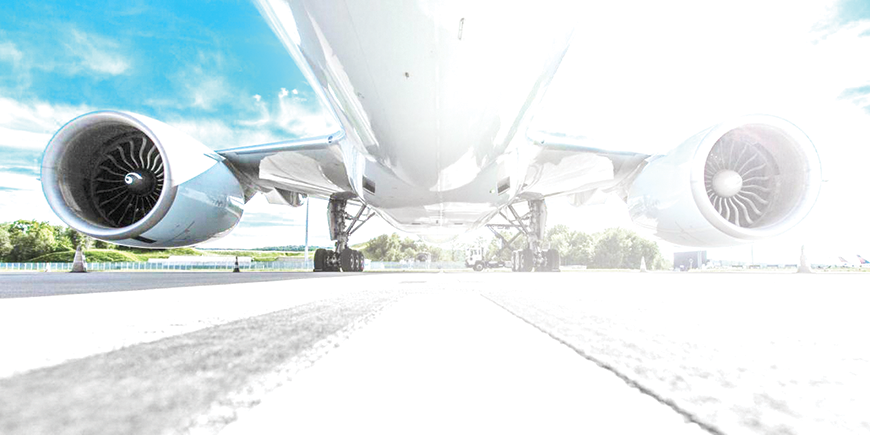I spend a lot of time enjoying my technology. Maybe you do, too. Two of my favorite technologies are the wireless remote control that opens and closes my garage door and the wireless remote control for my television. I also enjoy other technologies that I believe make my life richer. For example, when I’m home (a rare treat!), I enjoy lounging on my sofa, using the wireless remote control for the television to channel surf, using my wireless telephone, using my wireless mobile phone and using my laptop, which is wirelessly connected to the internet. For hours, I find there’s little need to move from my “spot.”
I suspect that many of you have your own spot, space, zone or cave, where you do whatever you do while using these marvelous creations. Yet, I also wonder if this state of bliss we experience—one that’s largely enabled by these inventions—might also have negative connotations. The term “couch potato” comes to mind, and it precisely explains the laziness that comes over me, as I dwell in my “spot.” Could that laziness actually harm me (and you) at some point? Sitting in that spot, with a huge bag of chips and plenty of drinks, while watching a ball game, is good for the mind…but maybe not so good for the body.
Expensive Isn’t Always Better
I also marvel at the fabulous technologies that we recommend and sell to our clients, all on the claim that the gear can make work easier for users. In the house of worship (HoW) context, those technologies can, indeed, make the job easier for most users/operators, and the technologies can be used to create amazing worship experiences. However, even with the bliss and awe that those technologies inspire, there is no innate quality in them that means automatically—no matter how they’re used—they’ll make something better.
I have spoken to worship leaders who believe, quite simply, “Buy it, and it’ll all be OK.” I respectfully assert that we could, and should, be more responsible in helping leaders to understand that technologies, depending on how they’re used, have the power both to enhance and to hinder the worship experience. I believe, therefore, that we should take time to reflect on the claims we make to our clients about the technologies we sell. In other words, I believe we should make sure that we explain the positive results that can occur when the gear is used correctly, as well as the harm these technologies can cause to congregants…harm that, in turn, can hinder the worship experience.
Potentially Problematic Technologies
Let’s look at three well-known technologies that are used often for primarily good purposes but that, if used incorrectly, can hinder worship. They are sound-reinforcement, lighting and live-streaming technologies.
Sound Reinforcement
The advanced sound-reinforcement speakers that we’re installing today are capable of producing crystal-clear sound at a very high sound pressure level (SPL). Professionals are aware of the harm that high-SPL sound can cause to listeners. However, inexperienced volunteers might get lost in the fray of a busy worship service and kick up the volume to a level that is dangerous. Countless times, I have walked into a HoW where the SPL was 126dB to 128dB. (As a frame of reference, 130dB is equivalent to a jet engine.) Obviously, with such SPLs, people’s hearing can be damaged. That is a serious concern, and we must explain it to our clients before, during and after installing these powerful sound systems.
Lighting
Lighting is another popular technology that’s being used in a growing number of HoWs. It can create ambiences and atmospheres that contribute to a meaningful worship experience. Yet, when used incorrectly, these brilliant tools can hinder the worship experience, and even cause harm. Picture in your mind a stage in a HoW, where a host of moving lights and lasers of all types and intensities are being used to set a mood during worship. I see a beautiful image that contributes to a warm and refreshing worship experience.
A concern we all should understand, however, is that, if the bright beam lights and lasers hit the eyes of people on stage and/or in the congregation, it can cause permanent eye damage. The untrained volunteer light operator might not be fully aware of that potential problem. Obviously, such an action would certainly hinder—if not entirely ruin—everyone’s worship experience. We must make sure we clarify both the potential for harm and the potential for good with HoW leaders and operators.
Live Streaming
Another technology that’s on a supernova pace of adoption is live streaming. Although live-streaming technology has been used by HoWs for more than a decade, a HoW today can bypass the historically hefty costs of purchasing expensive video-production equipment and high-bandwidth internet access. Instead, it can simply use a smartphone and the Facebook Live app to stream the worship service.
The potential to hinder the worship experience using that approach is reasonably clear, but let me explain. If you use a mobile phone to capture your worship service, you’re transmitting a static (wide) video image and, in most cases, ambient audio captured by the phone’s microphone. The odds are high that approach will hinder the worship experience because, when using that simple type of live-streaming technology, the beautiful experience that people inside the HoW are having won’t usually translate to a nice one for streamers.
The Need To Help Leaders Understand
I believe that we should help leaders understand that communication technologies, if they’re used incorrectly, can hinder the worship experience. I also believe we should help leaders understand the power of these technologies, when used properly, to create a vibrant worship experience.
That’s what I believe. What do you believe?
To read more from Sound & Communications, click here.
